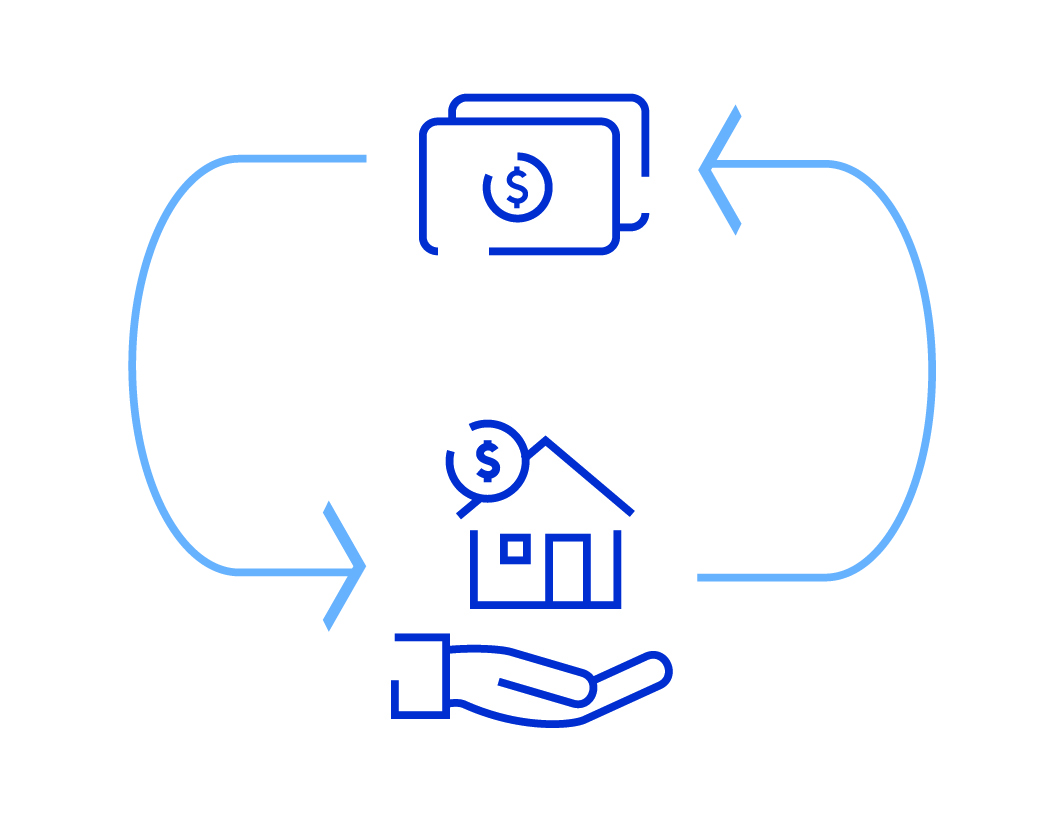By Ryan O’Keefe

In the world of Real Estate Investment, the 1031 Exchange stands out as a powerful strategy employed by savvy investors to defer Capital Gains taxes and maximize returns. At its core, a 1031 Exchange allows an investor to sell a property and reinvest the proceeds into another property of equal or greater value, all while postponing the payment of Capital Gains taxes. This tax-deferment mechanism is particularly enticing for investors looking to optimize their portfolios without being burdened by immediate tax liabilities.
The mechanics of a 1031 Exchange are straightforward yet impactful. Upon the sale of an investment property, the investor must identify potential replacement properties within 45 days and complete the exchange by acquiring one or more of those identified properties within 180 days. These stringent time limits underscore the importance of careful planning and execution. However, if executed successfully, investors can continually defer Capital Gains taxes, allowing their investment capital to grow unhindered. This tax deferral strategy is particularly attractive for investors seeking to upgrade their properties, diversify their portfolios, or consolidate assets without incurring hefty tax liabilities.
In the intricate process of a 1031 Exchange, several key factors play crucial roles. One essential figure is the 1031 Exchange accommodator, also known as a Qualified Intermediary (QI). The accommodator acts as an intermediary between the buyer and seller, facilitating the Exchange transaction and ensuring compliance with IRS regulations. Their responsibilities include holding the proceeds from the sale of the relinquished property in a segregated account, assisting in the identification of replacement properties, and overseeing the transfer of funds to complete the Exchange. The accommodator plays a pivotal role in ensuring that deadlines are met and that the Exchange proceeds smoothly, providing valuable expertise and guidance throughout the process. Additionally, real estate agents contribute significantly to the Exchange process by assisting investors in identifying suitable replacement properties, negotiating transactions, and navigating complexities within the real estate market. Their knowledge and experience help streamline the Exchange process and facilitate successful outcomes for investors.
The appeal of the 1031 Exchange lies not only in its tax-deferment benefits but also in its ability to unlock liquidity and facilitate strategic maneuvers within real estate portfolios. By reinvesting sale proceeds into new properties, investors can seize opportunities for growth, capitalize on market shifts, and optimize their asset allocation strategies. Whether aiming to enhance cash flow, increase property value, or streamline holdings, the flexibility afforded by 1031 Exchanges empowers investors to navigate the dynamic landscape of real estate investment with confidence and agility, ultimately maximizing their long-term wealth-building potential.
If you are interested in learning more about a 1031 Exchange, feel free to reach out to the DL Team.
